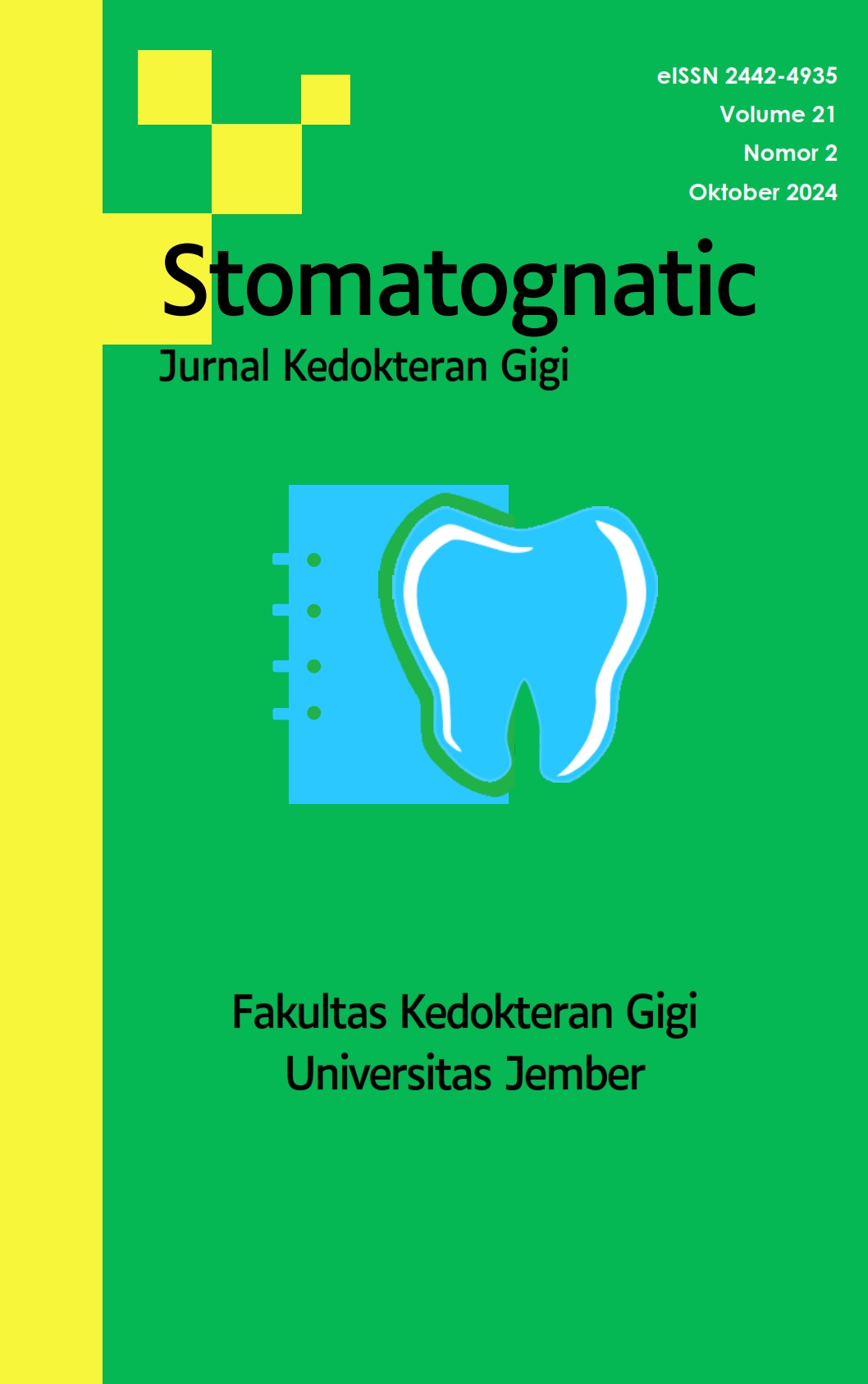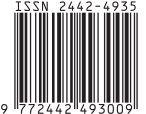Senyawa Aktif dari Tanaman Cruciferous dan Efeknya terhadap Kesehatan Gigi dan Mulut
Abstract
Oral health is a condition when a person can do functions like eating, smiling, speaking, and being free from chronic pain, diseases, and disorder. The Brassicaceae family, which includes cruciferous vegetables, is believed to contain a large number of bioactive substances that can be utilized as an agent to maintain oral health conditions. This review aims to analyze bioactive compounds in cruciferous vegetables that affect oral health. Sulforaphane, Indole-3-Carbinol, and Sulforaphane are well-known substances being researched as treatments for oral illnesses. At the molecular level, cruciferous bioactive chemicals impacted oral cancer, caries, periodontitis, salivary composition, and malodor in the mouth. Cruciferous plants offer a number of advantages for dental health when used as a food and medicinal tool. In the fight against oral cancer, I3C showed significant advancements. Additional research needs to be done on the many chemicals obtained from cruciferous plants and the effects of their combination.








